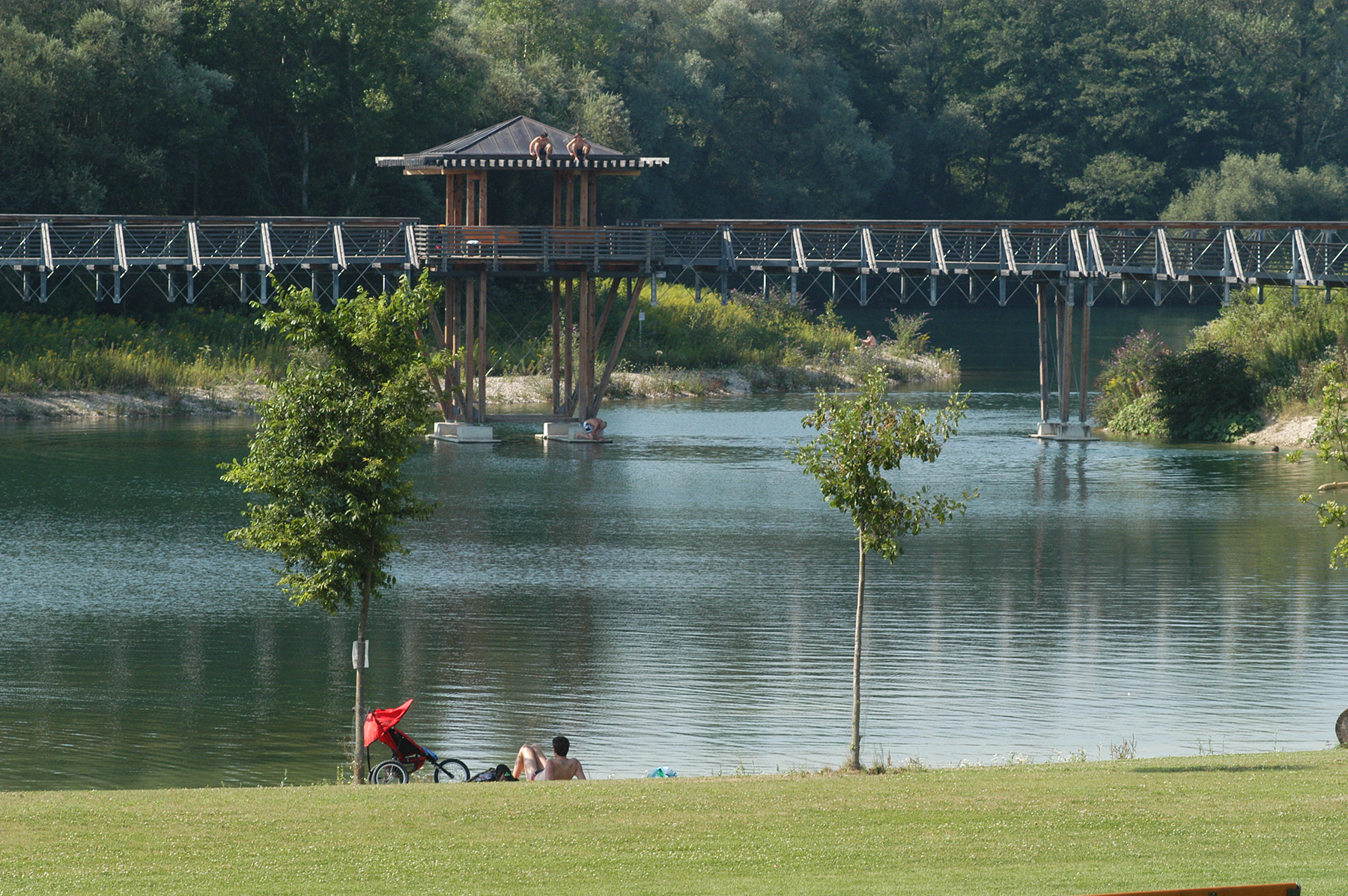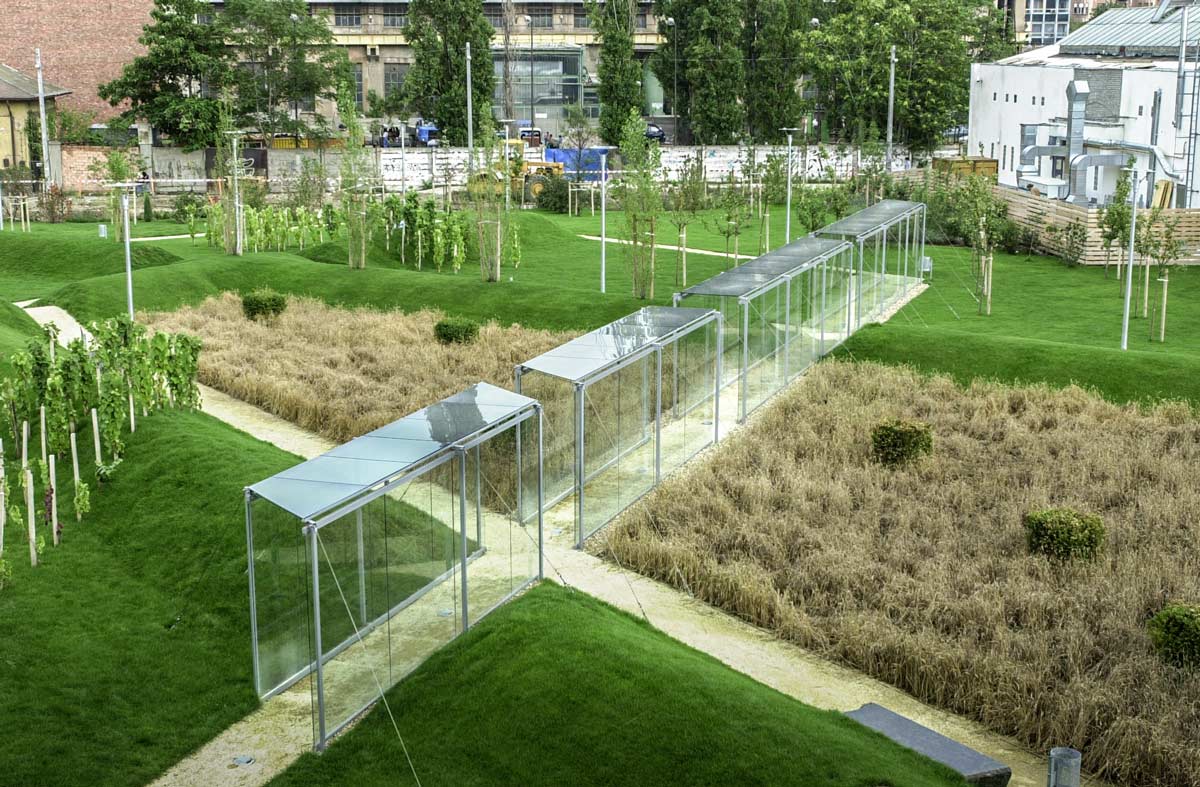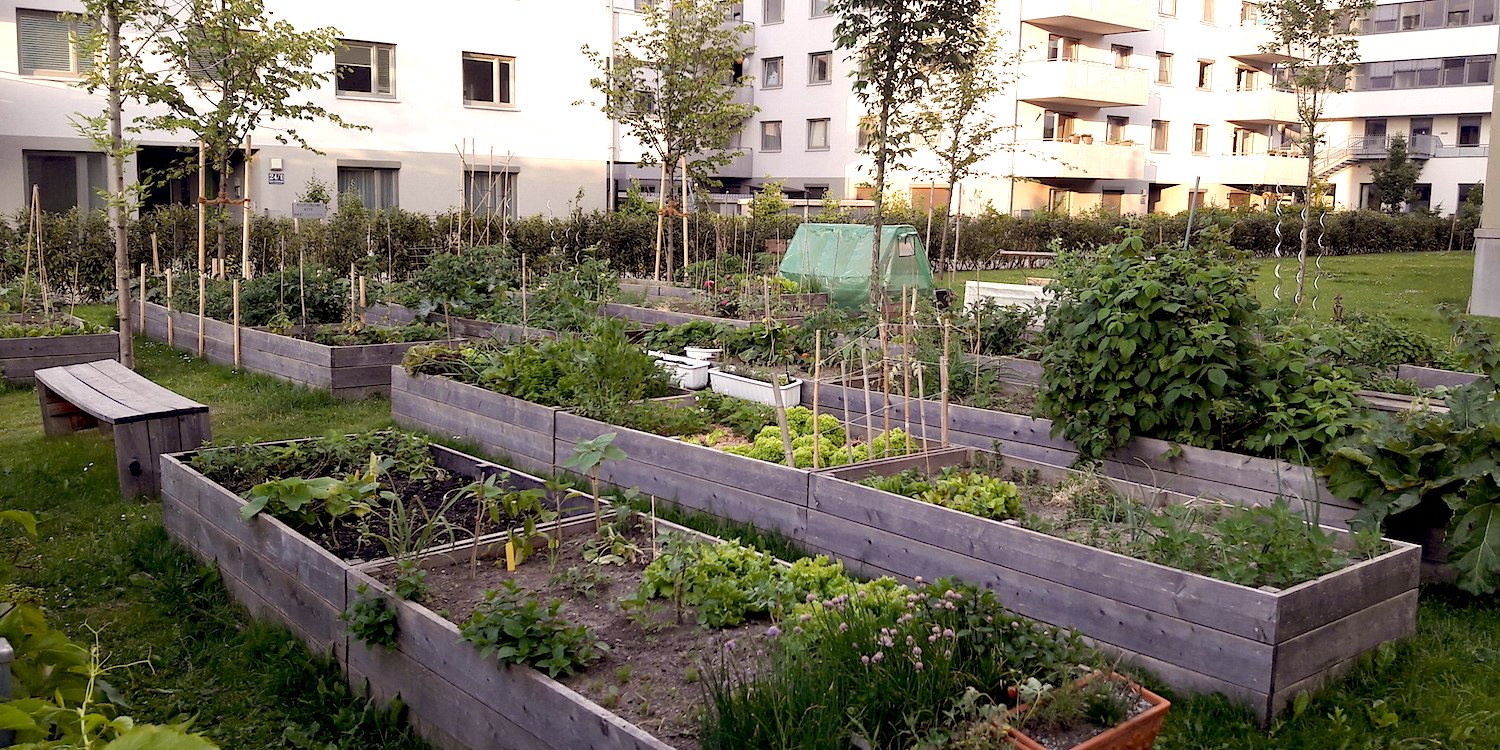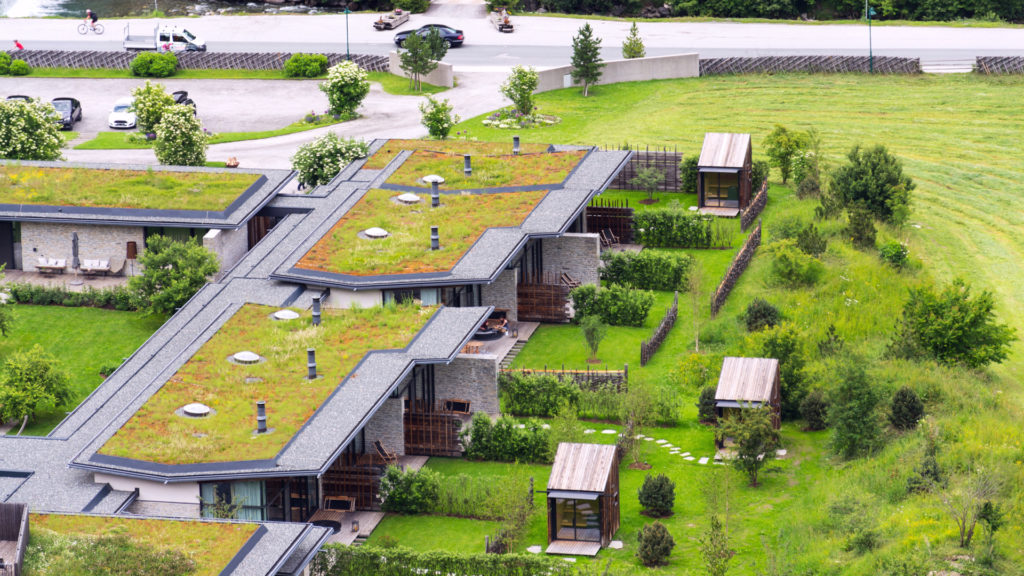It has become clear over the past few years that in the face of climate change and increasing environmental, economic, and social pressures, sustainable development is becoming a vital issue for cities in Europe and around the world. Unfortunately, traditional gray infrastructure and technology-driven solutions, which continue to dominate urban development, might not cut it.
However, nature-based solutions are seen to hold significant promise for meeting these challenges. Coined in the European Union, “nature-based solutions” is an umbrella term for a number of different approaches that use nature to improve urban sustainability, like green infrastructure, green space, restoring rivers, ecosystem services, and ecosystem-based adaptation.

Benefits
Nature-based solutions can be very beneficial by:
- being cost-effective – through locally adapted, resource-efficient, and systemic interventions;
- allowing cities to thrive by enabling economic regeneration, enhancing environmental quality and creating community well-being, thus providing multiple benefits;
- improving the resilience of cities – such as protecting them from flooding or droughts – through protecting and restoring urban nature.
A good example is the creation of pocket parks in Budapest. These spaces, typically covering an area of just 1,400 square meters, are multi-functional and provide a space for small-scale food production, recreation, community sharing, and can be a fundamental element of neighborhood rehabilitation. Moreover, they provide positive environmental effects such as water retention and the improvement of the area’s micro-climate. Pocket-parks are critical in increasing the amount of green areas in neighborhoods that have limited space.

Challenges
Yet, despite their potential, the usage of nature-based solutions remains marginal, fragmented, and highly uneven within and between cities. To enable their wider uptake, a few key issues need to be dealt with:
First, knowledge about their is often missing in decision-making contexts. To address this challenge, a whole host of new indicators and tools need to be developed. Clearly and effectively communicating these approaches and how they fit within existing data collected and used within urban development and infrastructure projects will be crucial.
However, even when the benefits of nature-based solutions are well-known, problems can arise in making a business or investment case stack-up. Their benefits are many and involve both public goods and private value. While there might be useful archetypes that can be used as business models – from risk avoidance to green health – their implementation is likely to require that several approaches are used together.

This is one reason why we see that the design and implementation of nature-based solutions increasingly requires modes of governance that enable partnerships and collaborative working across public, private and civil society organizations. Municipalities interested in implementing them are likely to find that establishing strong partnerships with relevant businesses, utilities, community groups and not-for-profit organizations will be key to their success.
Finally, it is important to recognize that nature-based solutions might involve trade-offs. One of the most significant is that by increasing the value of urban neighborhoods through nature, there is a risk of creating forms of social and economic exclusion. As property prices rise, existing residents may find themselves priced out of their own neighborhoods. Successful implementation must go hand in hand with forms of inclusion that allow all urban residents to have a say in the kind of nature and future they want for our cities.
Solutions
One project aiming to solve these issues is NATURVATION. Funded by the Horizon 2020 Sustainable Cities and Communities Program at the European Union, the purpose of NATURVATION is to develop our understanding of how nature-based solutions could be employed. Check out their Urban Nature Atlas to see how specific projects are being implemented in 100 cities in Europe.

The benefits offered by nature-based solutions are undeniable. However, only by making a conscious effort to understand the conditions that enable them to become established in our cities and towns will we unlock their potential to develop the sustainable, enjoyable and resilient cities of the future.
Source Cover Foto: ESCI upf News
Text Sources: European Commission, Lund University, NATURVATION – Urban Nature Atlas






